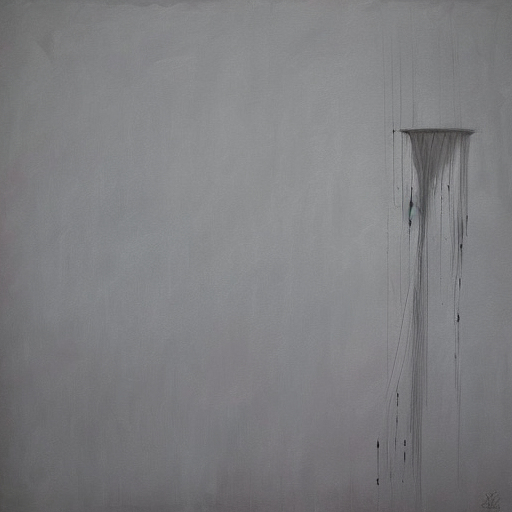A Man Escaped by Robert Bresson: A Gripping Tale of Courage and Determination
Summary: A Man Escaped, directed by Robert Bresson, is a gripping French film that tells the true story of André Devigny, a French Resistance fighter imprisoned by the Nazis during World War II. The film follows Devigny’s meticulous plan to escape from the fortress-like Montluc prison in Lyon. With its minimalist style and intense focus on the protagonist’s inner struggle, A Man Escaped is a powerful exploration of the human spirit’s resilience in the face of adversity.
Main Cast and Crew:
- Director: Robert Bresson
- Writer: Robert Bresson
- Key Actors: François Leterrier as André Devigny, Charles Le Clainche as François Jost, Maurice Beerblock as Blanchet, Roland Monod as Orsini
- Music Director: None (The film relies solely on natural sounds and silence)
- Director of Photography: Léonce-Henri Burel
- Producers: Alain Poiré, Jean Thuillier
Plot:
A Man Escaped opens with André Devigny, a member of the French Resistance, being transferred to Montluc prison. Devigny is determined to escape and rejoin the fight against the Nazis. The film follows his meticulous planning and execution of his escape plan, which involves making tools from everyday objects and studying the routines of the guards.
Devigny befriends François Jost, a fellow prisoner, and together they work on their escape plan. They communicate through tapping on the walls and share their hopes and fears. As the plan progresses, Devigny’s determination and resourcefulness are put to the test. He must overcome numerous obstacles, including the constant surveillance by the prison guards and the risk of betrayal by his fellow inmates.
The tension builds as Devigny’s escape becomes imminent. The film masterfully portrays his inner struggle, capturing his moments of doubt and despair, as well as his unwavering resolve to regain his freedom. The climax of the film is a heart-pounding sequence as Devigny makes his daring escape, navigating the prison’s labyrinthine corridors and scaling walls.
Themes and Motifs:
A Man Escaped explores themes of resilience, hope, and the indomitable human spirit. The film delves into the psychological and emotional toll of imprisonment, highlighting the importance of inner strength and determination in the face of seemingly insurmountable odds. Bresson’s minimalist approach, with its emphasis on the protagonist’s internal struggle, adds to the film’s power and intensity.
The motif of freedom is central to the film. Through Devigny’s relentless pursuit of escape, the audience is reminded of the universal desire for freedom and the lengths one is willing to go to achieve it. The film also examines the nature of heroism, portraying Devigny as an ordinary man driven by extraordinary courage and conviction.
Reception and Legacy:
Upon its release in 1956, A Man Escaped received critical acclaim for its innovative storytelling and Bresson’s masterful direction. The film won the Best Director award at the 1956 Cannes Film Festival and was nominated for the Palme d’Or. It has since become a seminal work in the realm of prison escape films, influencing numerous filmmakers with its minimalist style and focus on the human spirit.
A Man Escaped continues to be celebrated for its realistic portrayal of the prison experience and its exploration of themes that resonate with audiences across generations. Its influence can be seen in films such as The Shawshank Redemption and Escape from Alcatraz.
Recommendation:
A Man Escaped is a must-watch for cinephiles who appreciate thought-provoking and visually stunning cinema. Bresson’s masterful direction, combined with François Leterrier’s captivating performance, creates an immersive experience that will keep viewers on the edge of their seats. The film’s exploration of the human spirit’s resilience and its universal themes make it a timeless classic.
Memorable Quote:
“To escape is not only what I want, it’s what I have to do.”












